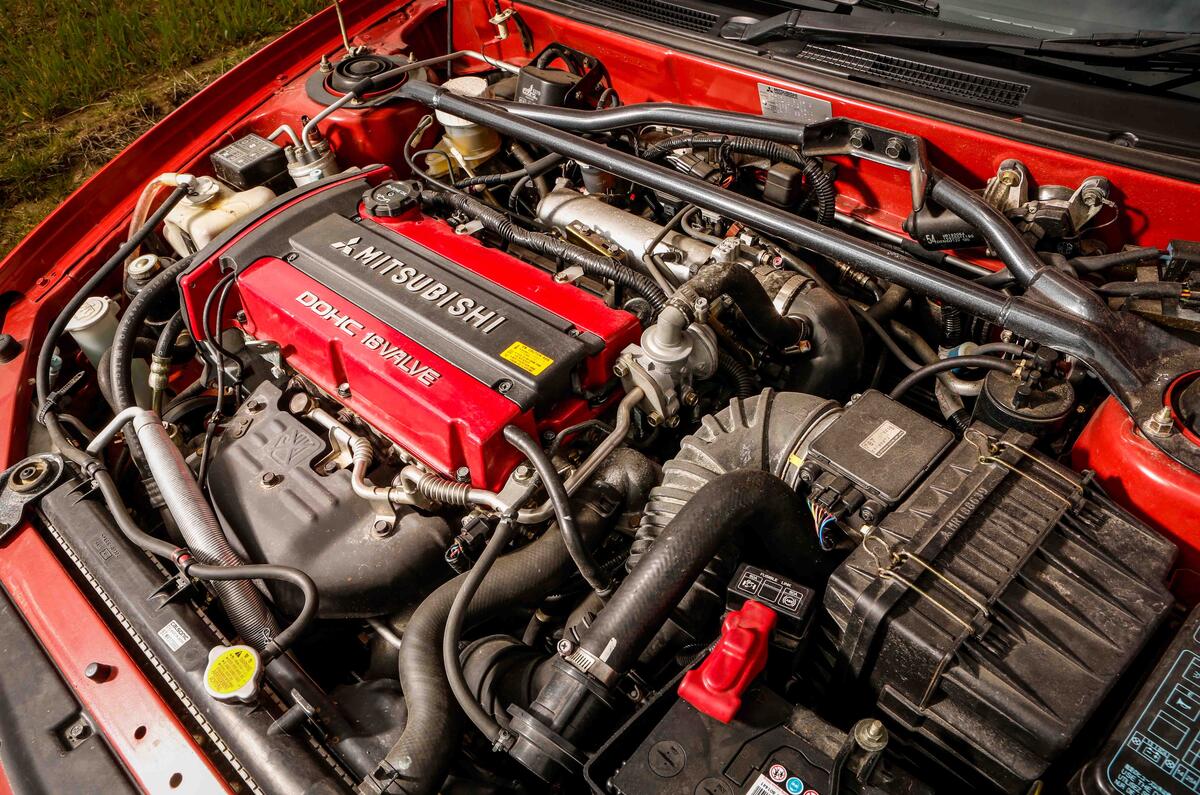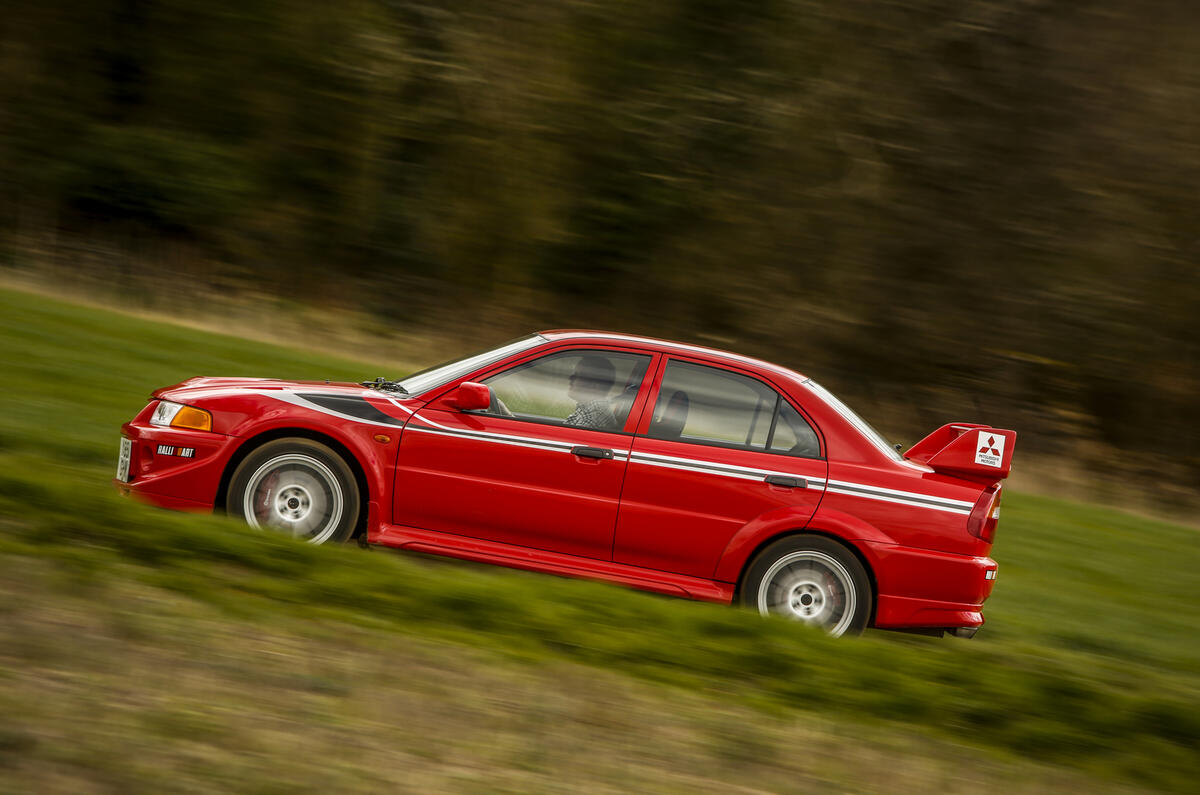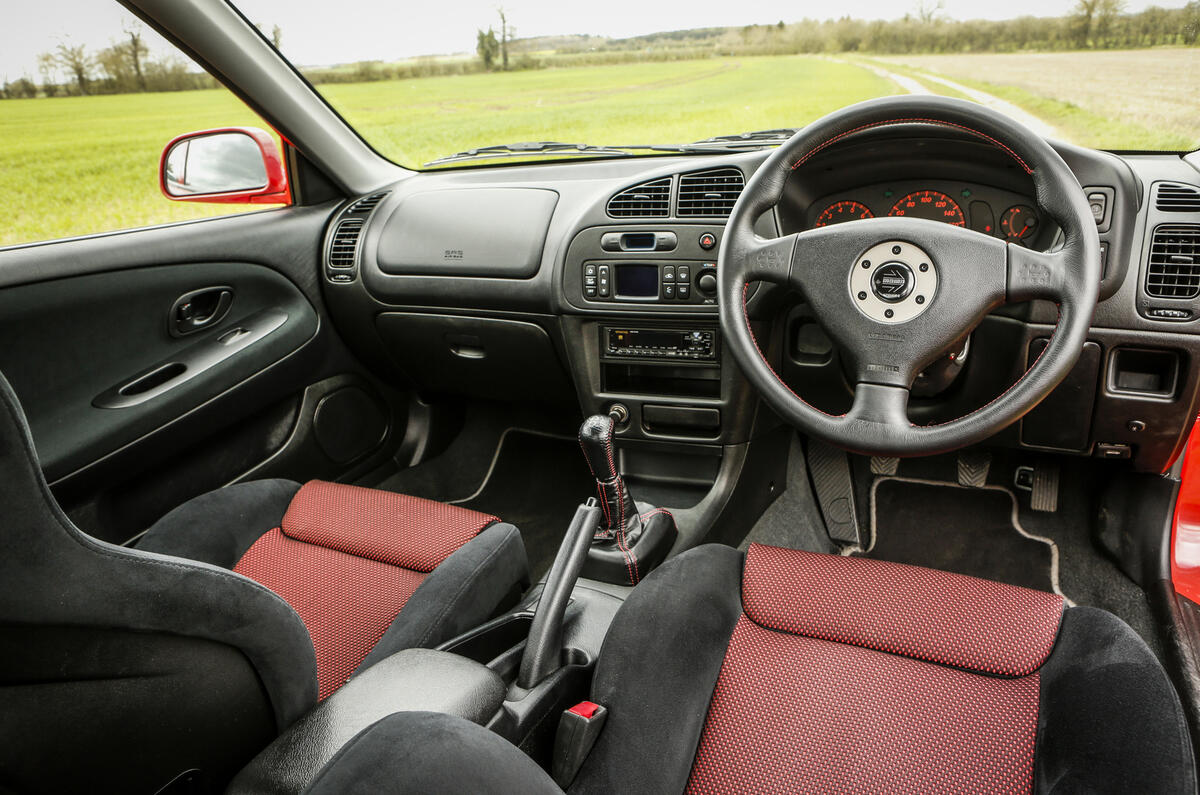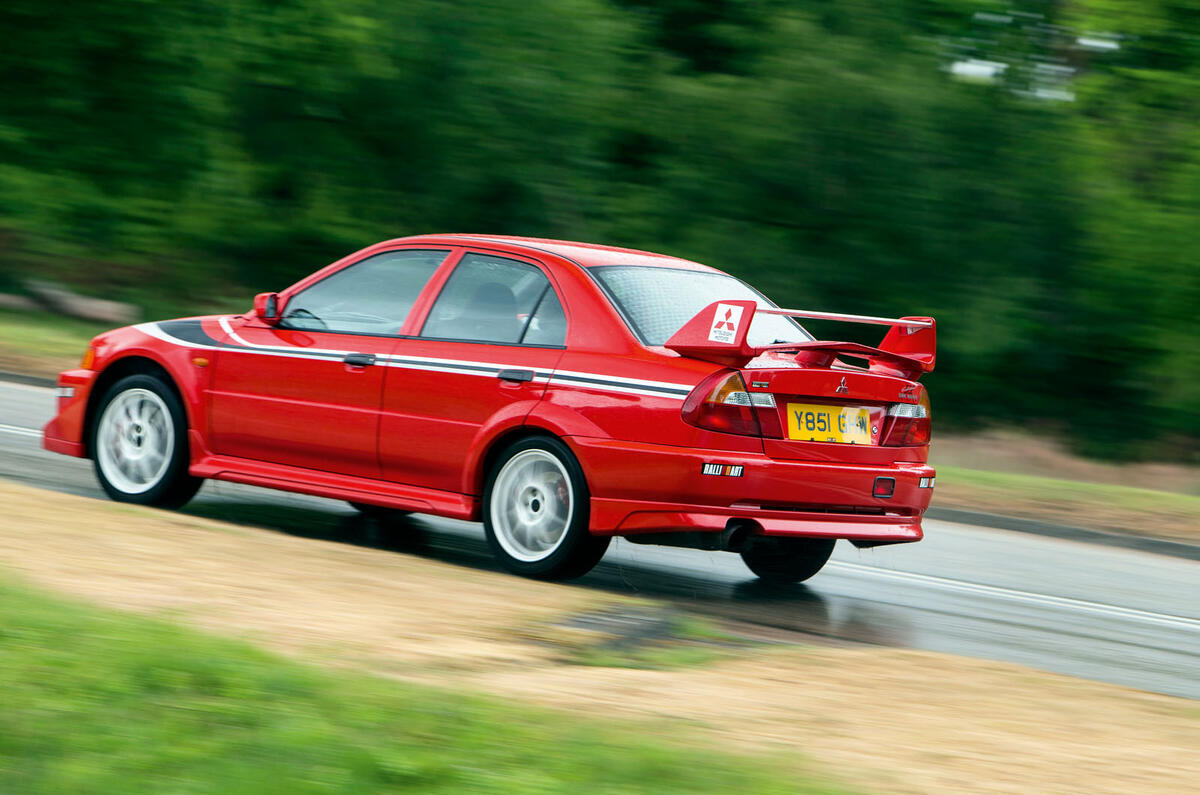Is the Mitsubishi Lancer Evolution VI reliable?
It's mostly good news, certainley better than many highly-strung performance cars of this age, but nevertheless there are still some things to watch out for:
Engine: Make sure it’s been regularly serviced: it needs fresh, fully synthetic oil every 4500 miles, AYC fluid every 9000 miles and spark plugs and a timing belt every 45,000 miles. White smoke on start-up is nothing to worry about, but grey or blue is not good and could be an issue with the turbo or cylinders – and replacements are expensive. Be sure to test a car from cold: ticking noises are normal but should clear when warm. Check the turbo wastegate for rust and the coolant tank for leaks.
Gearbox: A whine from the transmission could be a sign of worn input shafts or worn transfer box. Check all gears on a test drive. Notchy shifts could be worn synchros.
Clutch: The standard one can wear quite quickly so make sure it bites nicely. A typical lifespan is around 40,000 miles.
Body: Japanese imports aren’t undersealed, so the underside is prone to rust. Check underneath for any signs of corrosion and get the car undersealed to protect it from the UK’s salty, wet roads.
Suspension: Just like any car, suspension arms, bushes and springs can all fail. Listen out for any unusual knocks over bumps.
Interior: Make sure the upholstery covering the Recaro seats is in good order.


















